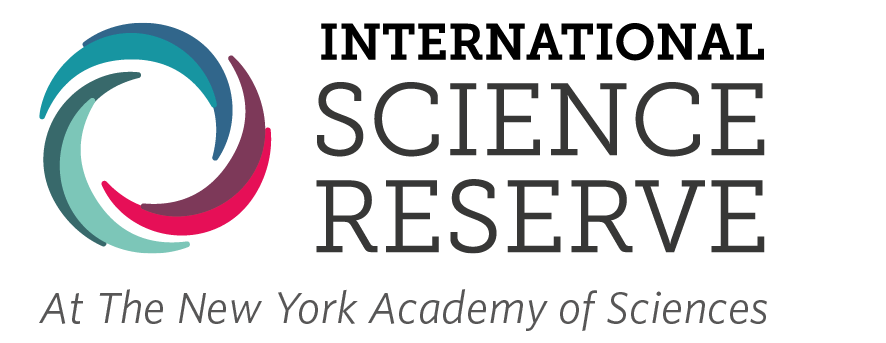About Wildfires
Emergency managers define a wildfire as –an unplanned fire that burns in a natural area such as forest, grassland or prairie – (ready.gov/wildfires). Though previously considered to be a part of natural forest management and left to burn, wildfires are becoming more frequent and severe. According to statistics from the US National Interagency Fire Center:
- In 2020 there were 58,950 wildfires compared with 50,477 in 2019.
- About 10.1 million acres were burned in 2020, compared with 4.7 million acres in 2019.
- The LNU Lightning complex fire spanned six counties and caused $2 billion in insured losses.
Causes of wildfires vary; they may be a result of increasing climate-related drought conditions, commercial development such as power lines, human intrusion by careless campers, or severe weather including lightning. Whatever their origins, they can cause devastating destruction and loss of property, crops, wildlife, natural resources, and human lives.
Wildfires are now occurring with alarming frequency in areas rarely affected before, such as Greece and Turkey in the summer of 2021, and Greenland in the summers of 2017 and 2019. A globally unprecedented 21% of the Australian temperate and broadleaf mixed (TBLM) forest biome burned during that nation’s 2019-20 bushfires. In that case, experts blame record low levels of moisture in the leaf litter layer following a period of record-breaking heat and extended drought.
Wildfires also affect weather and the climate by releasing large quantities of carbon dioxide, carbon monoxide and fine particulate matter into the atmosphere. The resulting air pollution increases the prevalence of health issues such as respiratory and cardiovascular problems, and also harms mental health and psychosocial well-being. Fighting wildfires drains valuable water in areas that already have little to spare. Fire retardant chemicals can cause still more damage to the environment.
wildfires in the US in 2020
US – In 2020 there were 58,950 wildfires compared with 50,477 in 2019
Source: US National Interagency Fire Center
of Australian forest burned during 2019-2020
21% of the Australian temperate and broadleaf mixed (TBLM) forest biome burned during the 2019-2020 bushfires in Australia.
Source: Nature Climate Change (24 February 2020)
ISR Role
To help address wildfires, the International Science Reserve will look to the science community to help:
- Integrate long-term climate modeling into scenario planning so that national and international organizations can better predict when and where wildfires are likely to be a danger.
- Collaborate with international scientists to examine long-term climate trends as well as short- and medium-term weather forecasts, such as those from the US National Oceanic and Atmospheric Administration and UK Meteorological Office.
- Collaborate with national meteorological and disaster-response bodies to share findings and better understand local, regional, and national mitigation and response strategies already in place. This will optimize cooperation between countries in case of trans-national wildfires.
- Contact the World Meteorological Organization (WMO) to release accessible and timely data for determining the effect of smoke and air pollution stemming from wildfires.



